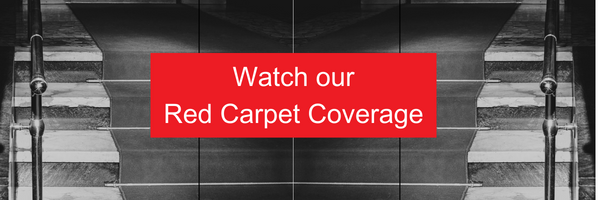Capturing the Beauty of Florence: Ferragamo 2024 Advertising Campaign

Discover the Ferragamo 2024 advertising campaign photographed by Juergen Teller amidst the beauty of Florence, Italy.
“There is a sense of connection to the directness of his work,” explains Maximilian Davis. “During the time we’re in, that’s what people are looking for – and I am interested in seeing real people in Florence, and how they wear Ferragamo.”

The campaign is seen as a collective experience where friends and family are invited to discover Ferragamo’s city of birth on a journey together, exploring Florence’s hidden gems. Raquel Zimmermann is the quintessential Renaissance beauty, a modern-day muse to Maximilian Davis much like a Botticellian Venus. Peter Saville a brand friend and collaborator, responsible for the re-design of the Ferragamo logo. Maia embodies the qualities and virtues of the archetypal Ferragamo woman: boldness, cultural eagerness, a sense of ease and timeless beauty. Lina, Tim and Yasmine are recognizable Ferragamo faces season after season. It is a collective that extends beyond fashion’s ordinary contexts, and who directly relate to the multi-generational nature of the brand.
Ferragamo 2024 Advertising Campaign
In the campaign, locations are an important part of the narrative. The setting becomes protagonist, with each location photographed embodying an atmosphere where the Ferragamo man and woman move at ease on a daily basis. The intentional mapping of these locations define the spirit of the collection, giving away clues onto the personality of the characters and the brand’s ethos. The key protagonist is Palazzo Spini Feroni, a point of reference for all the other locations, as the Ferragamo headquarters in Florence.
Piazza Santa Trinita and Palazzo Spini Feroni Ground Floor

Palazzo Spini-Feroni is an imposing historic residence located along the Lungarno in Florence, dating back to the thirteenth century. It is known for its medieval Florentine architecture, with a stone façade and crenellated tower overlooking the Arno River. Over the centuries, the palace has been the residence of several Florentine noble families, including the Spini and the Feroni, from which the current name derives. One of the most famous aspects of the palace is its chapel, the Spini Chapel, decorated with frescoes of remarkable beauty.
Today, Palazzo Spini-Feroni is known for being the headquarters of Ferragamo. Purchased in the 1930s, the building also houses the Ferragamo Museum. This link between Palazzo Spini-Feroni and Salvatore Ferragamo represents a combination of historical tradition and innovation in the field of fashion, helping to keep Florence’s cultural and artistic heritage alive.
Loggia dei Lanzi, located in Piazza della Signoria, was built between 1376 and 1382 upon request of Baccio di Giovanni and Francesco Talenti.

Palazzo Corsini, located by the Arno River, is a magnificent example of baroque Florentine architecture. Built between 1650 and 1700 for the noble family Corsini, the ground floor of this building is recognized for the salon on the ground floor with a sumptuous decoration.

San Miniato al Monte is a church on a hill situated in the south-east area of Florence. It is considered one of the best examples of Romanic architecture in Tuscany. Built between 1018 and 1297, is devoted to San Miniato, a Christian martyr from the III century.
Caffè Rivoire, located in Piazza della Signoria in Florence, was built in the XIX century. Opened in 1858, it soon became the meeting place for artists, intellectuals and politicians, including writers, painters and revolutionaries, who created a vivid cultural and meeting place that contributed to the cultural growth of Florence.

Galleria Romanelli is a historic sculpture workshop located in the San Frediano district of Florence.

Subscribe for free to VRAI Magazine so you don’t miss the latest fashion news.
Photos by Juergen Teller, courtesy of Ferragamo





















